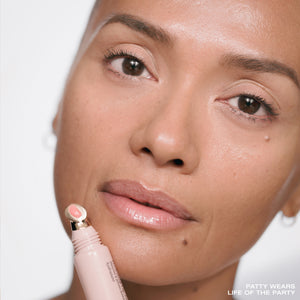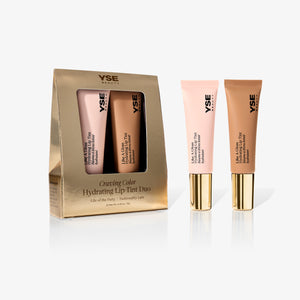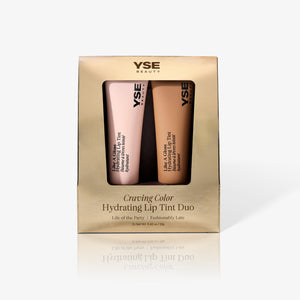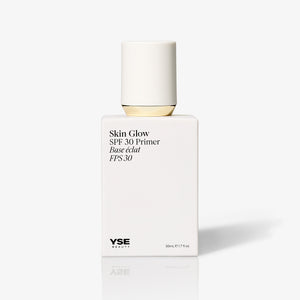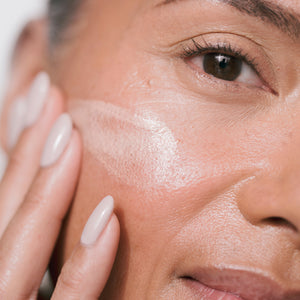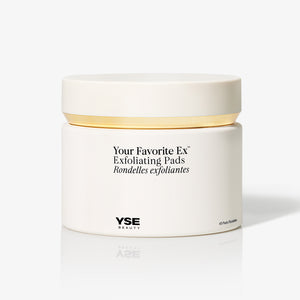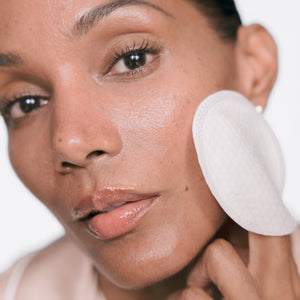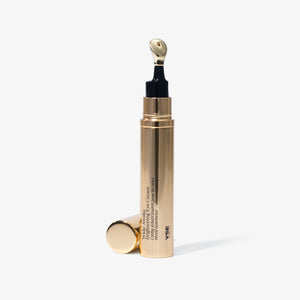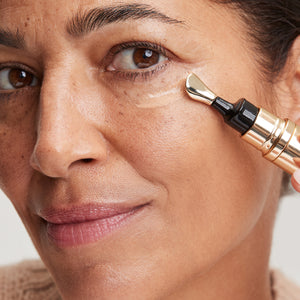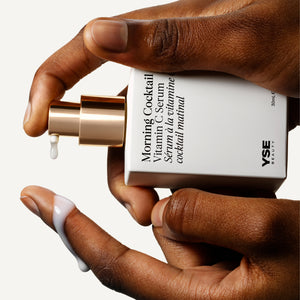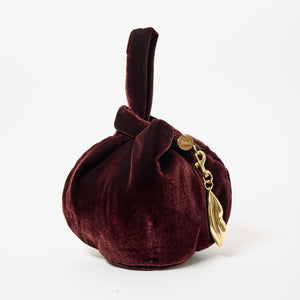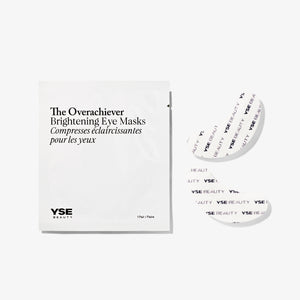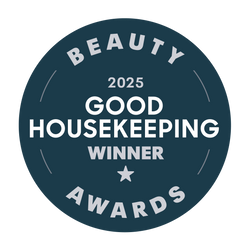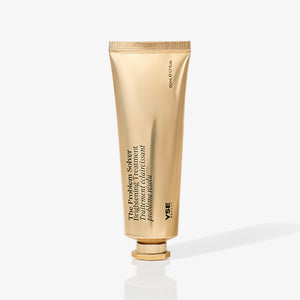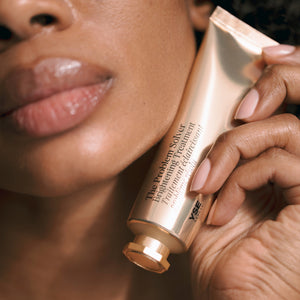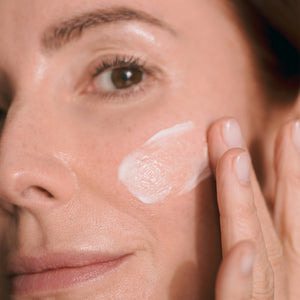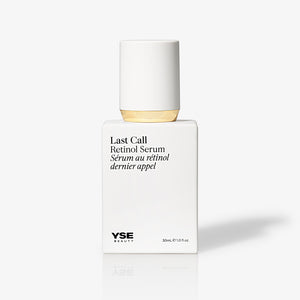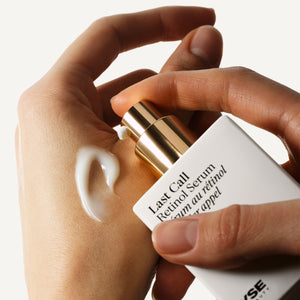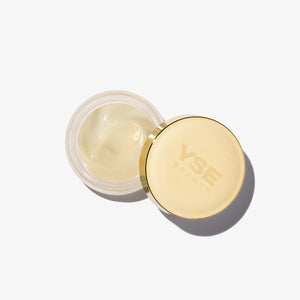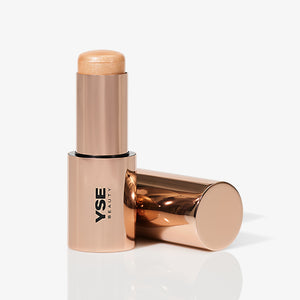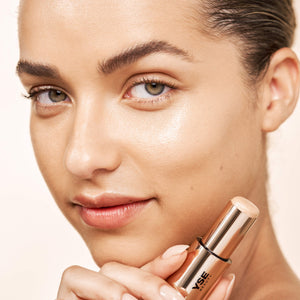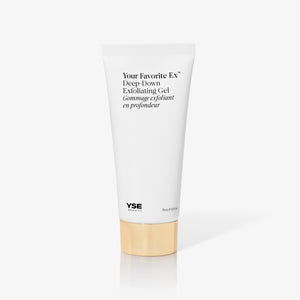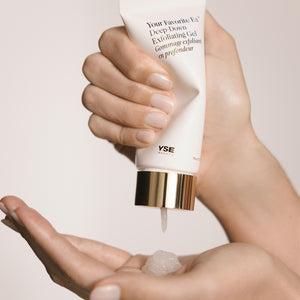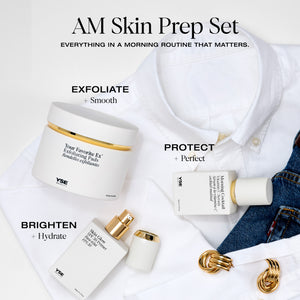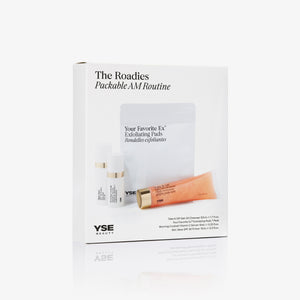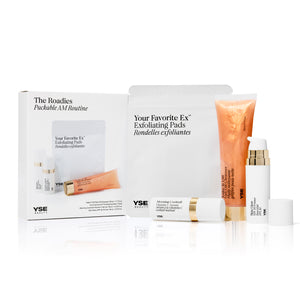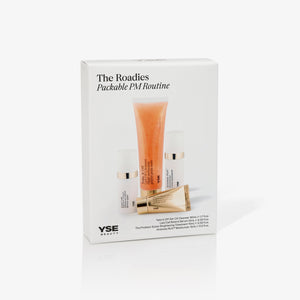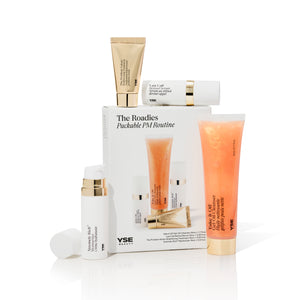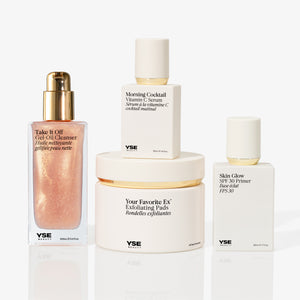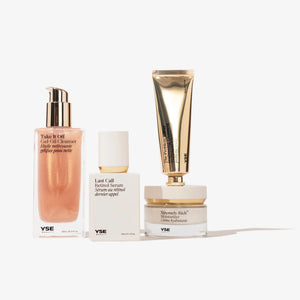5. Avoid Harsh Products
To properly care for oily skin, you will want to avoid harsh products. Diving in with something known to strip the skin isn’t going to keep the oil at bay—but rather, exacerbate the situation, because the skin will feel like it needs to make up for the shortage. When the skin is stripped or dried out, it actually goes into oil production overload.
With this said, the main culprits to avoid are alcohols, astringents and sulfates. Products with these ingredients can interfere and disrupt your skin barrier, which can make it more prone to sensitivity, breakouts, inflammation and dehydration.
6. Consider Your Hormones
Internal hormone fluctuations can also be one of the main causes of imbalanced oil levels, directly correlating from the hormone, androgen. When androgen is in abundance (which is often right before menstruation, or if you have PCOS), it sends messages to our sebaceous glands telling them to produce more oil.
Androgens can also be released in times of stress, or through internal shifts such as the menstrual cycle, contraception, puberty, pregnancy and postnatal, and menopause. Multiple studies indicate a strong correlation between stress levels and sebum production in people with acne-prone skin. Of course, these situations are often out of your control, but you work to maintain balance by finding ways to reduce stress levels with exercise, sleep and a healthy diet.
7. Choose Foundation for Your Skin Type
Much like skincare, there are also different recommendations for makeup, based on particular skin types. If you’re wondering how to reduce oily skin (or at least the appearance of it), you may want to avoid longwear liquid foundations. Mineral powders are likely more up your alley, as they’re formulated with many more benefits. They’re typically non-comedogenic in nature (meaning they won’t clog your pores), absorb oil in the complexion, and can easily be layered up as the day goes on. However, if you are a liquid loyalist, you can still get by by just using a setting powder over the foundation to ensure longer coverage with a less greasy feeling.
Caring for Oily Skin All Year Round
Oily skin can be unpredictable, especially when it comes to seasonal changes, hormonal fluxes and a variety of both internal and external factors that can lead to an overproduction of oil. However, with some trial and error on finding what works with your specific skin type, oily skin can become very manageable.
Like anything else in life, it’s most important to pay attention to your own body and skin, as it’s very personal and unique to each individual. By closely watching your routine and how your skin gets affected by external (or internal) factors, you can learn a bit more about your complexion and its specific triggers. From there, it’s easier to adjust and cater your routine around what feels right for your skin in the moment.






























